

Celebrating Black History
D1 • FEB. 29 - MAR. 6, 2024 • THE ST. LOUIS AMERICAN
Henry Armstrong made history by holding three belts
By Alvin A. Reid St. Louis AmericanHenry Armstrong was known as “Homicide Hank” during his stellar professional boxing career in which he became the first fighter to hold three world titles at the same time.
He accomplished the feat when there were just eight weight classes, and boxers entered the ring much more frequently than they do today.
Armstrong had a 151-21-9 record during his 15-year professional career, with an astonishing 101 knockouts.
Two of his 21 losses came in his first two professional fights.
According to his St. Louis Walk of Fame biography, Armstrong was born Dec. 12, 1912.
His family moved to St. Louis as a young boy from Columbus, Ohio and he was an honor student at Vashon High School. At his graduation, he recited a valedictory poem he had written. Armstrong had a dream of attending medical school but lacked the financial resources. As an alternative, he decided to pursue boxing as a career, and he developed his boxing skills here.
top three boxers of all time.
According to an article penned by Larry Schwartz for ESPN.com, Armstrong secured the three world titles in just 10 months in 1937-38.
“He knocked out featherweight champion Petey Sarron in the sixth round on Oct. 29, 1937. He won 14 fights before bypassing the lightweight title and challenging welterweight champion Barney Ross for his crown on May 31, 1938. It was no contest, with Armstrong’s rapid-fire attack overwhelming Ross to gain the 15-round decision.”
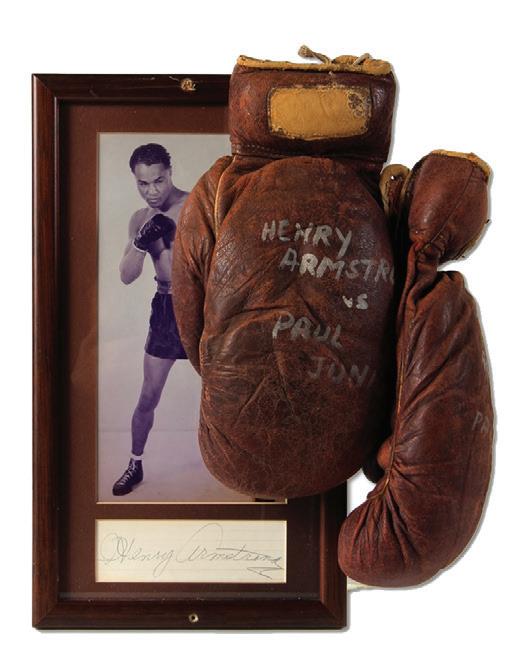
“Taking away Lou Ambers’ lightweight crown on Aug. 17, 1938, in Madison Square Garden proved more difficult. Ambers had Armstrong spitting blood from a torn bottom lip, and he cut the challenger’s eyes as well. Despite almost blacking out in the 15th round, Armstrong won a split decision to make history.” He was managed by Wirt Ross, Eddie Mead, jazz singer Al Jolson and Hollywood actor George Raft.
A St. Louis Sports Hall of Fame biography states that while growing up in St. Louis, Armstrong shined shoes and worked as a railroad hand until his graduation from Vashon. He then rode freight trains to California, where he became a boxer and won 58 of 62 amateur fights.
“He dominated feather, welter and lightweight opponents with his “blackout” punch, relentless attack and incredible stamina.”
Armstrong retired in 1945 and was one of the first three inductees when the Boxing Hall of Fame opened in 1954. The other boxers inducted were Jack Dempsey and Joe Louis. He is considered one of the
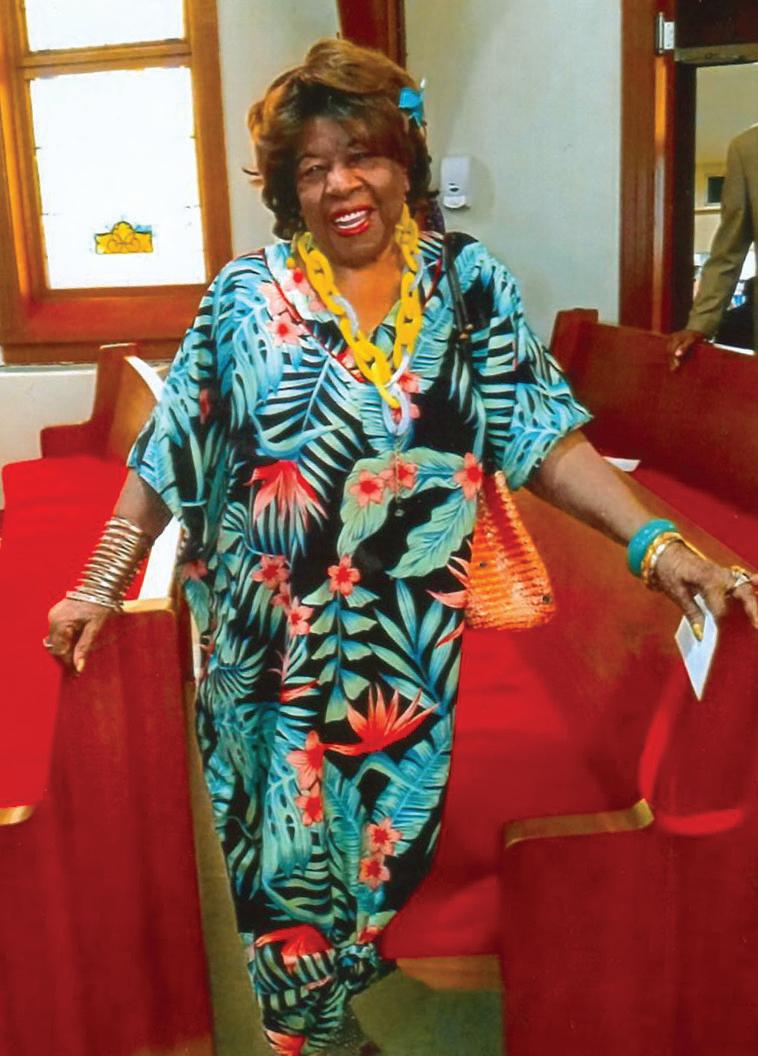
Armstrong, a relentless puncher, was considered by many to be, pound for pound, the greatest fighter in boxing history. He was among the first three men active in the ring after 1919 to be elected to the Boxing Hall of Fame in 1954. The
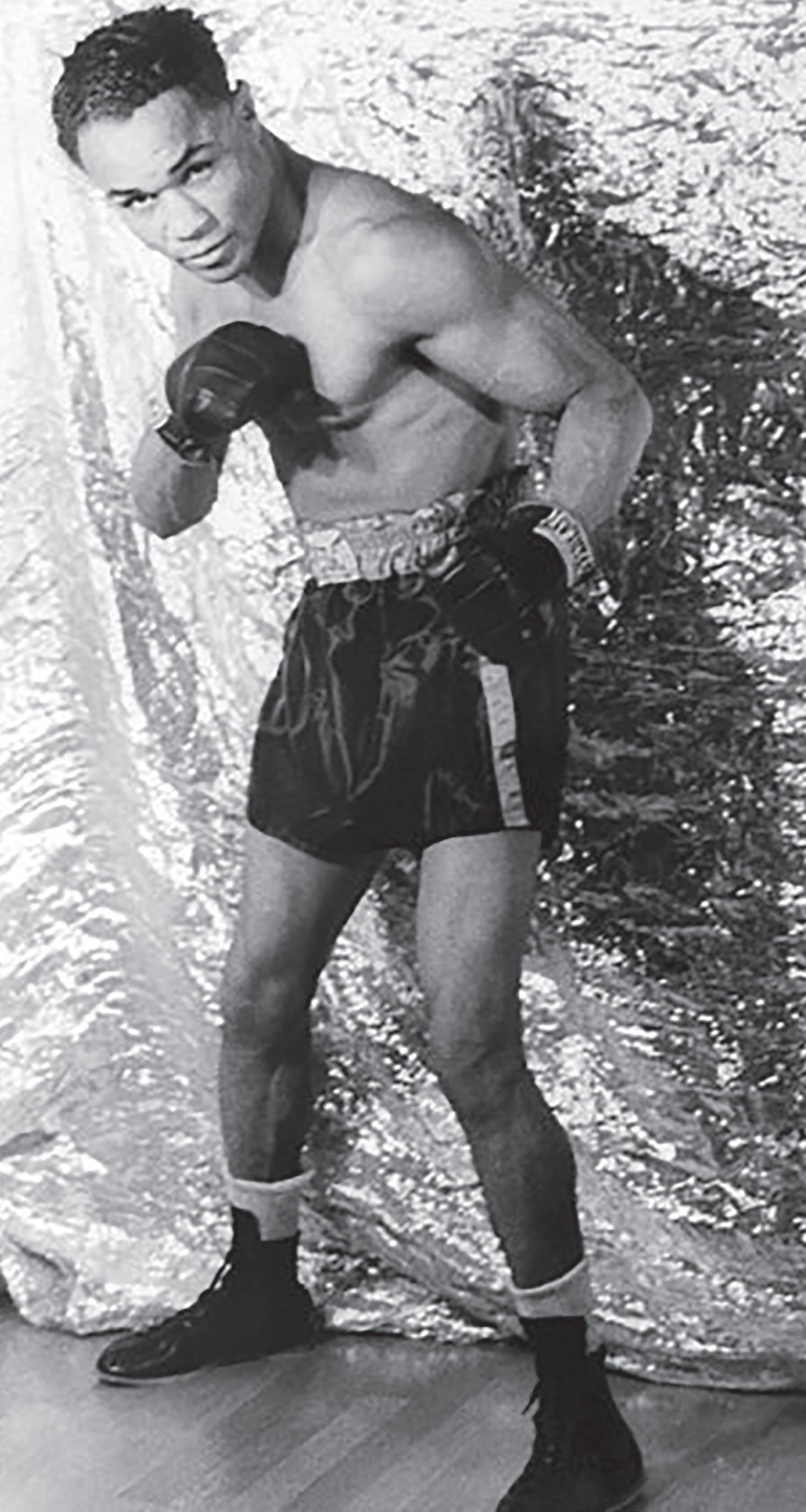
My 93 years of Black history are filled with gratitude
Daughter of champion boxer Henry Armstrong
By Edna NashvilleMy 93rd birthday fell on December 14, 2023, and I find myself filled with gratitude. I am especially thankful for Missouri’s Consumer Directed Services (CDS) program which has made it possible for me to stay in the senior apartment that I’ve been in for the past seven years.
I never thought I’d live to be this old. Looking back, I’ve lived a pretty good life.
My mother moved to St. Louis when
Black history is America’s eternal historyBy Robert Townsend
As you hold this edition of The St. Louis American in your hands or read it online, pause for a moment and test yourself. Do you know the names of Sarah Boone, Marie Van Brittan Brown, or Garrett Morgan?
Chances are you don’t and that’s fine. That’s the beautiful, awesomeness of learning and perpetually wanting to enlighten and educate yourself and others about the countless innovative African Americans who believed in themselves
and believed they could help advance their society, their America.
So, the next time you pull out your ironing board and begin to iron a shirt, a pair of pants or whatever, thank Sarah Boone. Born enslaved, she was one of the first Black women in the United States to receive a patent. Historians tell us the strong, intelligent genius “expanded upon the original ironing board, which was essentially a horizontal, wooden block initially patented in 1858.”
Moreover, Boone’s additions in 1892 featured a “narrower and curved design,
she was seven months old. She had been born in Alabama. Like many African Americans of that period, her family moved north, fleeing prejudice and race-based violence. My grandmother found a little house near Manchester and Hampton, and many of our family members lived there for decades.
My father was Henry Armstrong, the world boxing champion, and I and my four siblings were his greatest cheerleaders. We were starstruck by his prowess in the ring and his famous friends like Frank Sinatra and his boxing manager, Al Jolson.
I attended Sumner High School, and that’s where I met my husband. He was
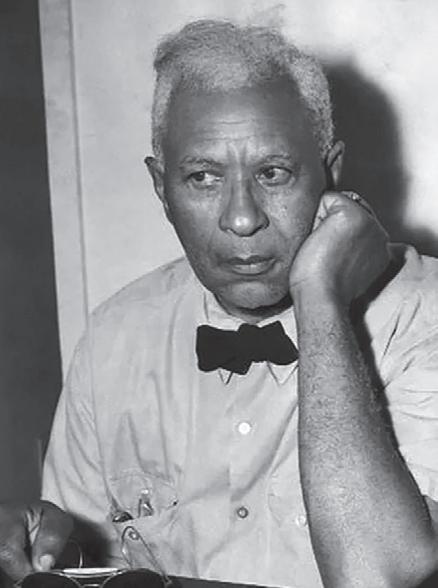
Inventor Garrett Morgan
making it much easier to iron garments, particularly women’s clothing.” Researchers also say Boone’s design “would morph into the modern ironing board that we use today.”
Marie Van Brittan Brown was born in 1922 and died in 1999. Long before we switched on security systems in our homes, this African American nurse had a brilliant
in a band that came to play at Sumner, and we started to date. A year and seven months later, we married just before he went to Korea during Army service. We were blessed with three daughters.
I mainly was a homemaker and mother. My husband taught music in both public and Catholic schools, and he played many instruments, but trumpet and flute were his favorites. I worked in a jewelry store and a furniture store for a while, and I was with Job Corps for eight years after my children were grown.
I’ve had my share of sorrow, of course. My husband died in 2005. Our oldest
See Nashville, D2
idea. Brittan Brown devised her own “security unit for her home” in Queens, New York. On many nights, while her husband was away and she did not feel safe, research reveals police were not always quick to respond to her neighborhood. So, Brittan Brown “created a device that would help ease her mind.”
In 1966, she invented a system “that used a camera that could slide into and look through four peepholes in her front door.” The camera’s view “would then appear in a monitor in her home so she could see any potentially unwanted guests.”
Garrett Morgan only had an elementary school education, but he did not let what some surely perceived as a limited education stop him from making history. Morgan, a son of a formerly enslaved
See History, D3
Photo courtesy of Edna Nashville Edna Nashville See Armstrong, D2 Courtesy Photo Henry Armstrong was about to win three world boxing titles when photographer Carl Van Vechten captured this image in 1937. Armstrong developed his boxing career in St. Louis after being an honor student at Vashon High School.
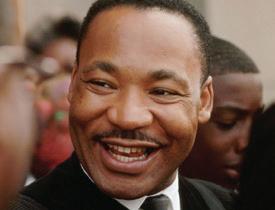
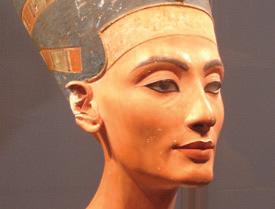
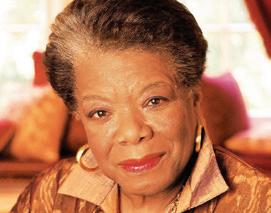
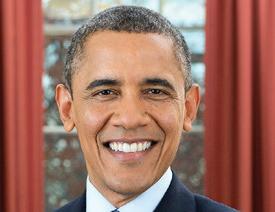
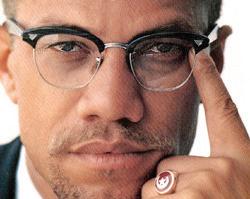
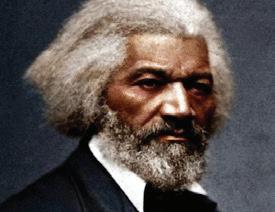

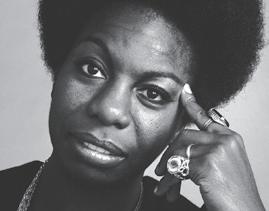

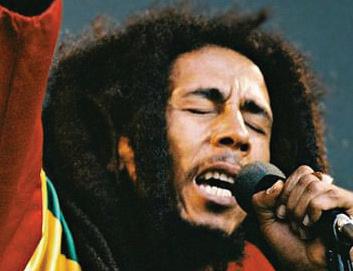
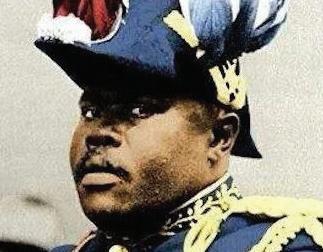
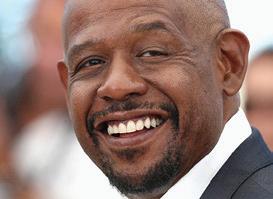
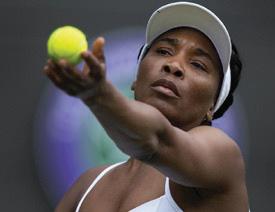
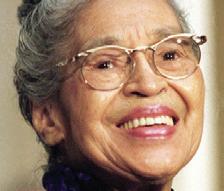
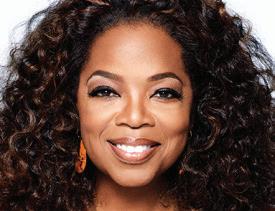
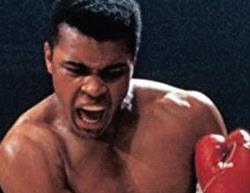
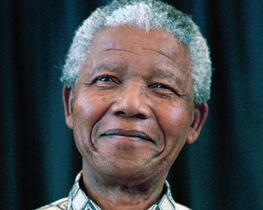
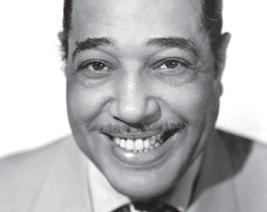
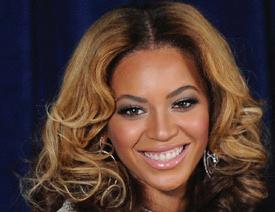
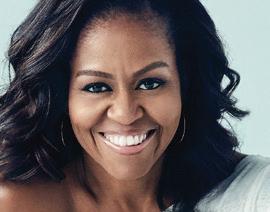
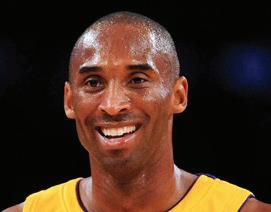
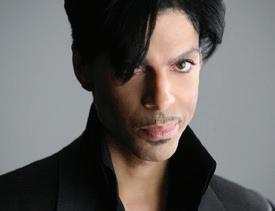


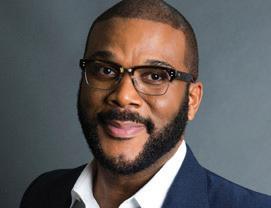
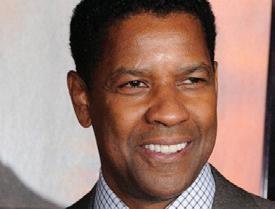
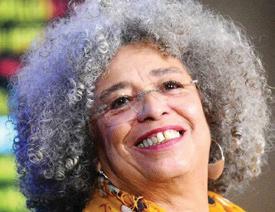
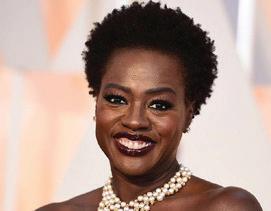
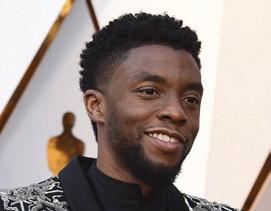
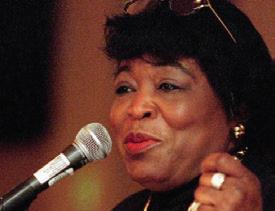
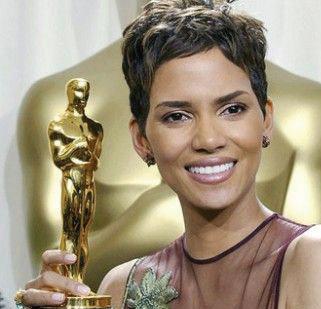
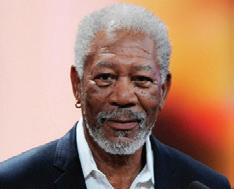
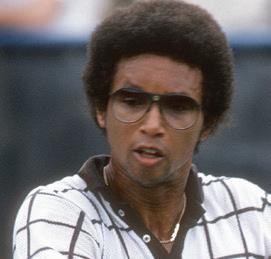
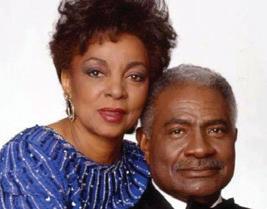
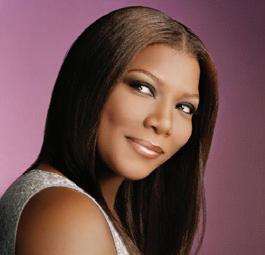

Armstrong
Continued from D1
others were Jack Dempsey and Joe Louis.
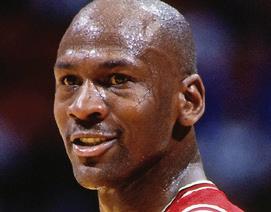
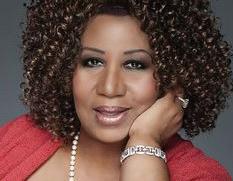
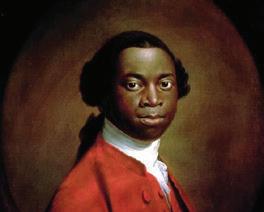
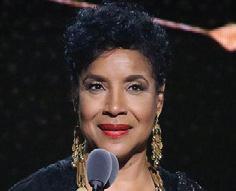
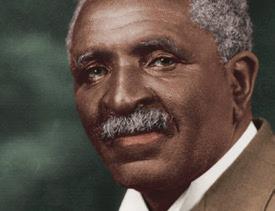
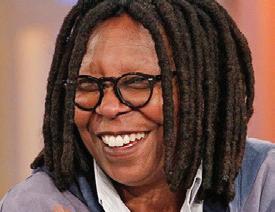
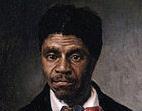

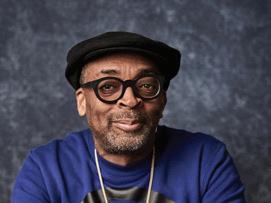
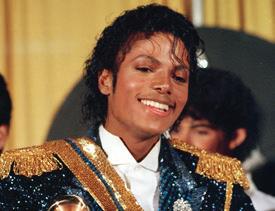
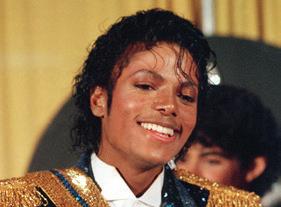
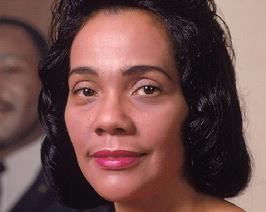

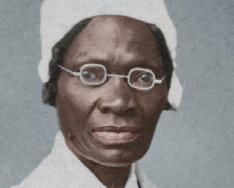

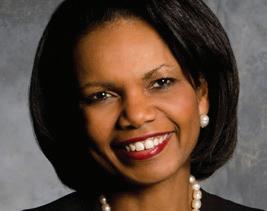

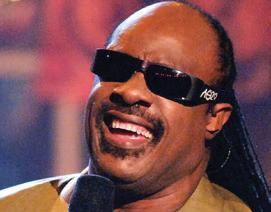
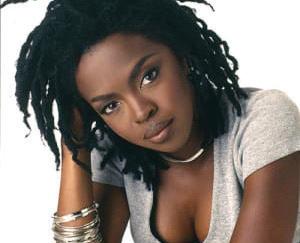
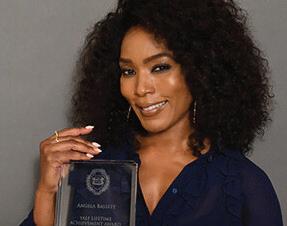
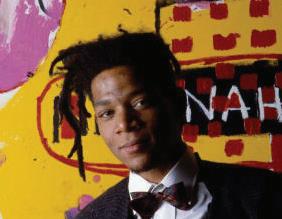
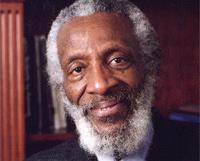
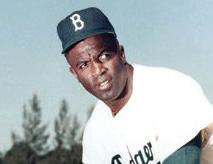


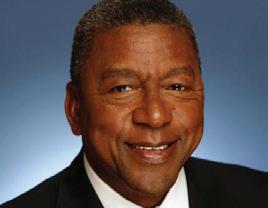
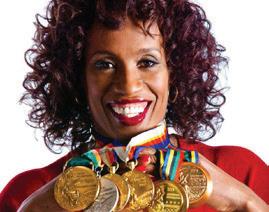

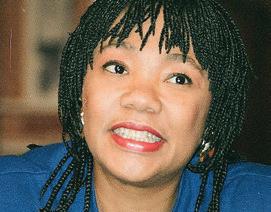
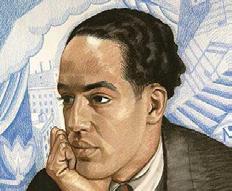
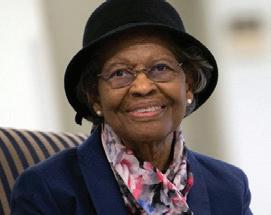
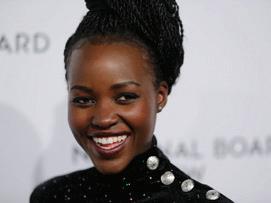
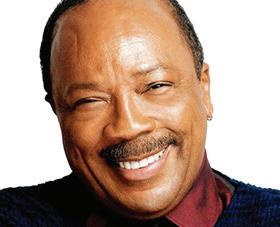
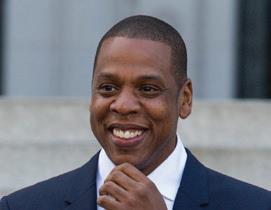
ANDY’S SEASONING PROUDLY CELEBRATES BLACK HISTORY MONTH.
Estimates show that Armstrong earned between $500,000 and $1 million, “but most of the money was gone when the Hall of Famer retired at age 32,” wrote Schwartz. “Armstrong won his most significant fight when he overcame alcoholism. He became an ordained Baptist minister in 1951.
Returning to St. Louis after years in Los Angeles, which he founded the Henry Armstrong Youth Foundation in the 1950s to combat juvenile delinquency. He would also become director of the Herbert Hoover Boys Club.
Armstrong was featured
Nashville
Continued from D1
daughter died of a heart attack in 2008. I miss them every day.
As I got older, it became apparent that I could not stay in my apartment by my children, “you’re going to have to put me in a home.” They said, “No, Mama, we’re going to take care of you.”
But it was really difficult for them to do that because everyone had their own obligations, of course.
Someone suggested that we ask for help at Paraquad, the independent living for St. Louis City and County. At first, I said no because I didn’t want to be bothered by an agency getting involved with my personal business. Then a
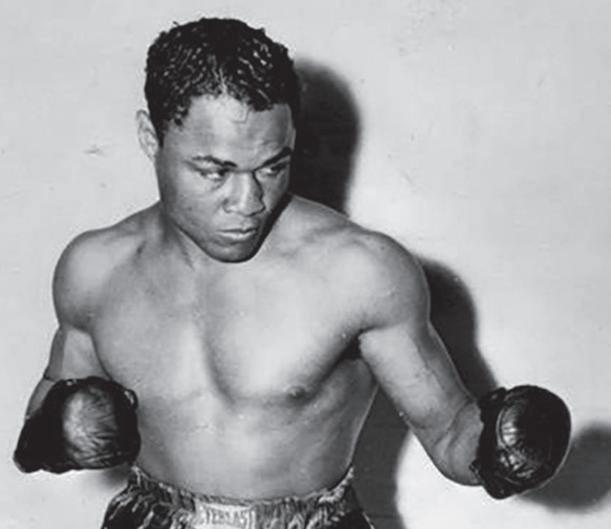
in three movies, “Keep Punching” (1939), “The Pittsburgh Kid” (1941) and “Joe Palooka, Champ” (1946). In 2007, Ring
friend told me she had a pleasant experience with Paraquad, so my daughters and I checked into what they could offer.
Fortunately, CDS was one of the programs that Paraquad could help me enroll in, and Missouri would even pay a family member to provide care for me. This made it possible for my baby daughter (who is now 63) to choose to be my caregiver. She comes every day. She cooks. She washes. She does everything I need. When I get sick, she does not leave. I must make her go home.
I appreciate the CDS program so much that I have told my apartment building neighbors about it. Some people don’t have family members who can or will help them. It can be confusing to know how to get qualified in a state
program, hire a personal care worker, and get them paid and the payroll taxes sent to the state on time. If it wasn’t for the help of Paraquad, a lot of people wouldn’t be able to live independently today. A few years ago, I wouldn’t have thought the life I have today would be possible. My daughter takes me to the movies, but I’m not one to go out in crowds like I once was. I am still an active member at Cote Brilliante Presbyterian Church though, and I gather food for our food pantry. There are parties here in the building and different organizations invite us to special programs that I really enjoy. I have so much for which to say thanks. I hope you do too.


History
Continued from D1
parent, devised several trailblazing inventions that we still use today; including “an improved sewing machine and the gas mask.”
One of Morgan’s most popular inventions was the “improved traffic light.”
Morgan’s 1920 creation was one of the first threelight systems, which resulted in the widespread adoption of traffic lights so many of us take for granted or never really think about today.
These are just a few examples of wonderful pioneers who exercised their skills, talents, and dreams, transcended their plights, and helped shape American culture.
I’m sure each of them had many doubts, asking themselves questions such as ‘what are you thinking?’ ‘Why do you want to do this?’ ‘Do you think you, in that Black skin can really make a difference in America?’
Despite those soul-stirring questions, the historic trio, and many other African Americans, soared and made history in this

Courtesy
Charles Hamilton passes; architect of Black Power movement
‘Unapologetic, arrogant champion of civil rights’
By Stacy M. Brown NNPA Newswirenation. They proved that no matter your race, gender, or the times in which you are born, YOU can do whatever you put your mind to. These American heroes and heroines showed us that with hard work, determination, perseverance, and faith, one can invent something, change the world, wake up one day and make history.
I hope everyone who reads this is inspired to want to learn more about the many African Americans whose lives and witty inventions are worth reading about and treasuring.
Sure, this will take time, but that’s okay. Do it at your own pace and you will see one month is not enough time to highlight, salute and celebrate these wonderful geniuses, many of whom have died.
Their outstanding inventions still live on, still scream out their names and are still making history in America.
Robert Townsend, a St. Louis native, is an Emmy and Edward R. Murrow award-winning journalist at KSDK-TV. He can be reached at rtownsend@ ksdk.com.

BRICKLINE GREENWAY CONNECTING CITYPARK STADIUM TO
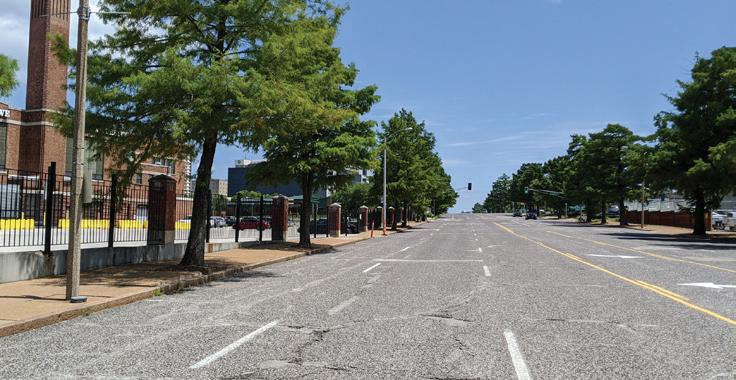



Austin Cooper recalled the first time he met Professor Charles V. Hamilton, a philosophical luminary and key architect of the Black Power movement.
“He hired me to be one of three research assistants at The Ford Foundation, where he headed a threeyear project on ‘Social Welfare Policy and the American Future,’” said Cooper, the managing editor of the Our House DC newsletter and who, among other accomplishments, served as a state lobbyist (pension, education, and labor) to former New York City Mayor David N. Dinkins and Vice President of Government Affairs for the Turner Broadcasting System, Inc.
Like many others, Cooper was saddened by the news that Hamilton had died at 94. Though his death occurred on Nov. 18, 2023, it was only confirmed and made public this week. Hamilton, a distinguished political scientist, and educator, played a transformative role in reshaping the discourse on racism in the United States through his groundbreaking work, “Black Power: The Politics of Liberation.”
He is noted for coining the phrase “institutional racism.”
Hamilton’s collaboration with Stokely Carmichael in 1967 produced a seminal piece that challenged traditional civil rights approaches. Unlike Carmichael, known for his impassioned speeches, observers noted that Hamilton brought a quiet and dignified intellectualism to

the movement. According to scholars and others who knew him, Hamilton conveyed his profound influence through the strength of his ideas.
He co-authored work that shifted the narrative on racism, introducing the concept of institutional racism to the forefront.
Prior discussions primarily focused on overt acts of prejudice, but “Black Power: The Politics of Liberation” redirected attention to the entrenched biases within American institutions. Hamilton’s belief in self-determination and self-reliance for the African American community permeated his work, laying the intellectual foundations for the Black Power movement.
A Wallace S. Sayre Professor Emeritus of Government at Columbia University, Hamilton made history as one of the first African Americans to hold an endowed chair at an Ivy League university. His extensive research delved into urban politics and the Civil Rights movement.
Another of his notable contributions was, “Adam Clayton Powell Jr.: The Political Biography of an American Dilemma (1991).”
Thomas J. Davis of the University of New York at Buffalo, who championed the book in a review for
the Library Journal, wrote, “Probing Powell’s rise and fall, Hamilton moves from the 1930s, when Powell became a New York City councilman, to his service starting in 1945 as a U.S. Representative, and then to his chairing of the House Education and Labor Committee, his expulsion from the House in 1967, and his defeat at the polls in 1970.”
Davis noted that Hamilton’s “able analysis of the unapologetic, openly arrogant champion of civil rights reflects the race issues of the day within a prism of political theory focused on the conflict of basic American values like majority rule and minority rights.” He concluded that the book was “essential for any serious collection on black biography, civil rights, or political analysis. Highly recommended.”
Hamilton’s legacy extended beyond academia and his writings; his ideas continue to influence discussions on racial equality and justice. “Doc loved not only teaching, but he inspired me and all of his students to become activists of history in our respective fields of profession,” Cooper remarked. “I considered him to be not only my lifelong teacher, but also a mentor and friend. I will miss him.”

Most Black teens want schools to teach slavery’s legacy
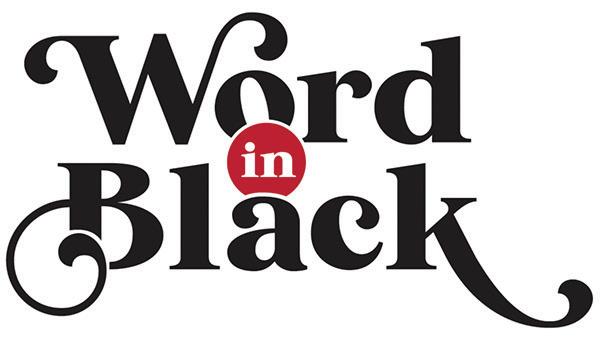 By Aziah Siid Word In Black
By Aziah Siid Word In Black
Banning books written by Black authors, issuing permission slips to hear a book by a Black author, blocking the AP African American Studies curriculum — those are just some of the ways anti-Blackness has showed up recently in the nation’s public schools.
Now, a new report from the Pew Research Center reveals what teens, parents, and educators think about how race is handled on K-12 campuses, as well as two other hot-button issues: sexual orientation and gender identity.
For the report, Pew’s researchers analyzed responses to three recent surveys. The first was an online survey taken last fall by 2,531 K-12 public school teachers. A second survey last fall collected responses from teens ages 13 to 17, and a third surveyed parents in 2022.
“One thing we found in this study is that, while race and LGBTQ issues are often lumped together in discussions about the so-called culture wars in K-12 education, teachers, teens, and the public see
these topics differently,” Luona Lin, a research associate at Pew tells Word In Black.
Pew found that 38% of students overall said they’re comfortable when “topics related to racism or racial inequality have come up in their classes,” and 21% aren’t.
What may surprise some is that 33% of Black students said they’re uncomfortable when race or racial inequality comes up in class, significantly more than the 19% of white and 17% of Hispanic teens.
When it comes to teaching accurate American history, more teens — 48% responded that when they’re learning about slavery, they’d also like to learn how “it still affects the position of Black people in American society today.”
However, 40% of teens say they’d like to learn “that slavery is part of American history but no longer affects the position of Black people in American society today.”
In addition, 11% of teens said the topic shouldn’t be taught in schools at all.
When the responses
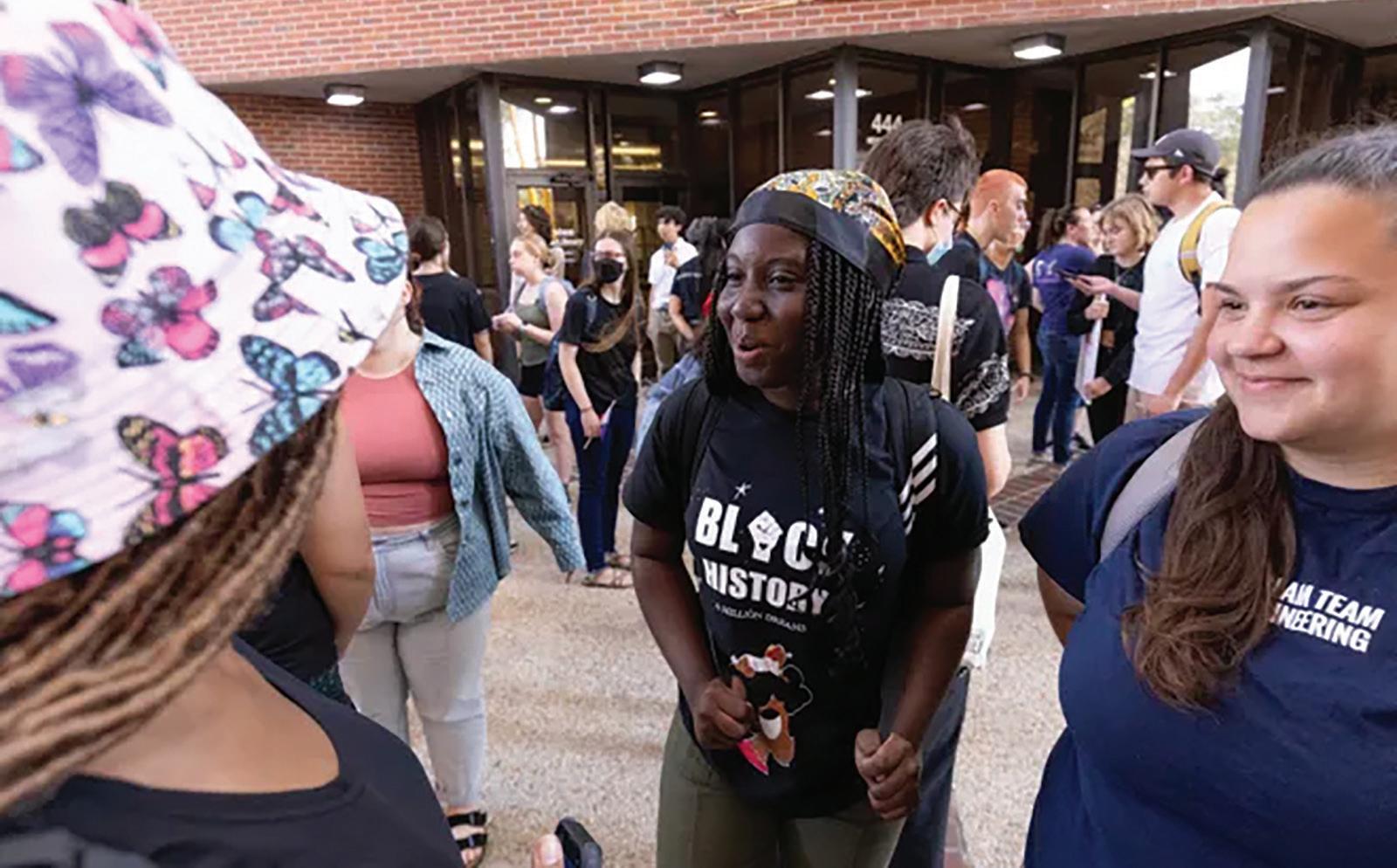
of Black students were examined, Pew found the majority of Black teens — 79% — said they “would prefer to learn that the legacy of slavery still affects Black people today.” Only 41% of white and 45% of Hispanic teens agree.
The majority of K-12 teachers surveyed — 64%

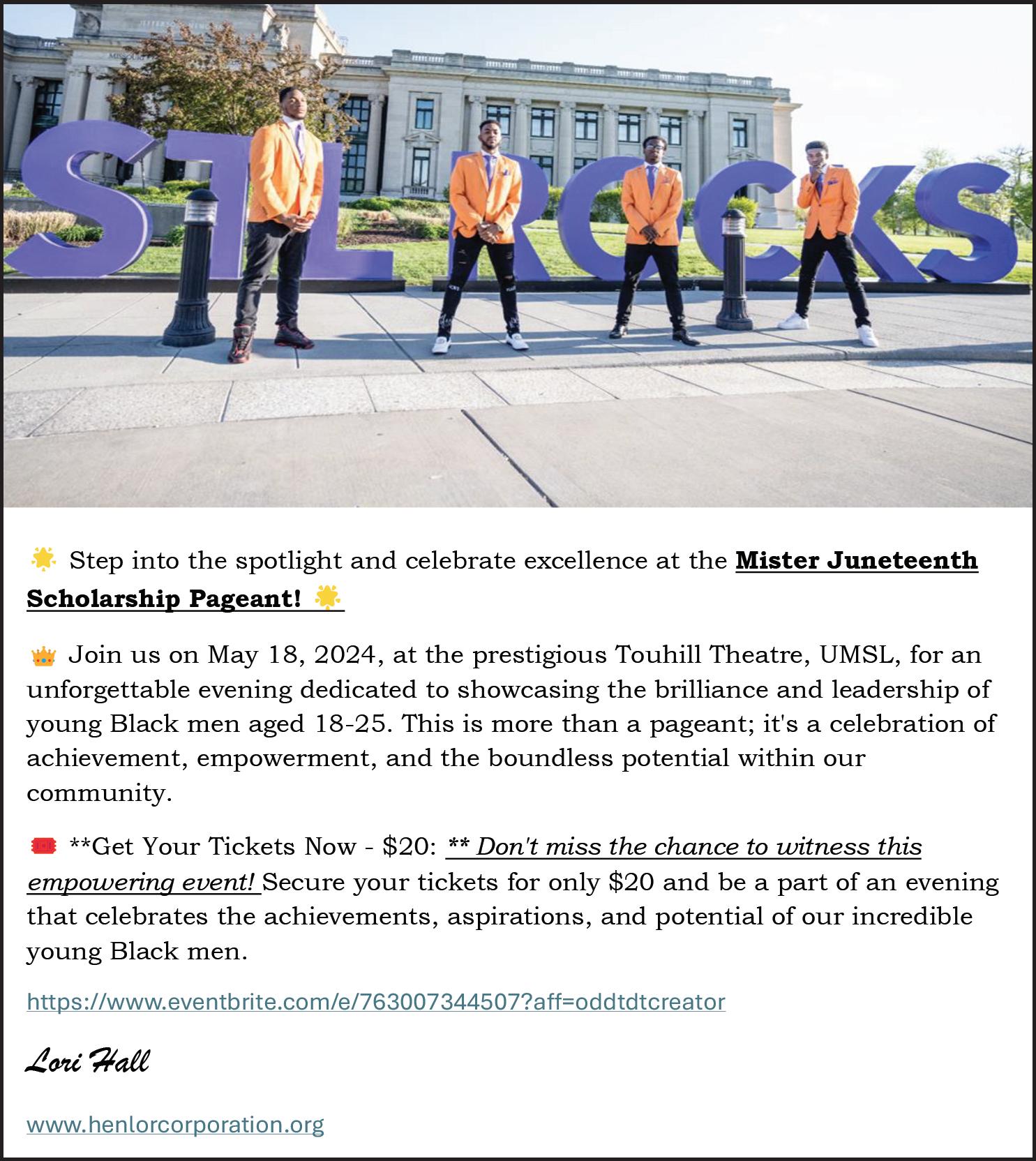
— said students should learn the legacy of slavery still has an impact on the lives of Black Americans. Another 23% of teachers acknowledge slavery as a historical fact that students should learn about, but they argue it’s history that no longer affects Black Americans’ standing.
Then, there are the 8% of teachers who responded that this crucial part of history should be swept under the classroom rug and not taught in school at all.
The survey also asked teachers if culture war debates about how public schools should teach about race impact their ability to do their jobs.
41% of K-12 teachers said these debates have hurt their ability to do their job, while 53% said the impact has been neither positive nor negative — or that these debates have had no impact. Just 4% said these debates have a positive impact.
Thanks to Florida Gov-
ernor Ron DeSantis’ “Stop W.O.K.E.” campaign, parents have been empowered to get books and films stripped from classrooms and schools — putting them in the driver’s seat regarding what’s taught to students.
“We do not offer specific policy recommendations, but what we do see in the data is that most teachers say teachers themselves don’t have enough influence over what’s taught in public schools in their area,” Lin says. “A majority of teachers also say their state government has too much influence, and more say the federal government, the local school board, and parents have too much influence than say.”
According to the survey, 25% of teachers said parents should be able to opt their child out of discussions “related to racism or racial inequality.”
At the same time, “Teachers and Americans
overall are more likely to say parents should be able to opt their children out of learning about LGBTQ issues than to say the same about race,” Lin explains.
Nearly half of the educators out there, about 48%, are giving the thumbs up to parents being able to opt their children out of instruction on sexual orientation or gender identity in their classrooms, “if the way they are taught conflicts with parents’ personal views or beliefs.”
How did students respond? “A larger share of teens say they feel comfortable when topics related to race come up in class than say the same about topics related to sexual orientation or gender identity,” Lin says.
The research didn’t dig deep into the intersectionality of race and LGBTQ issues, but Lin says it certainly remains an important topic.

